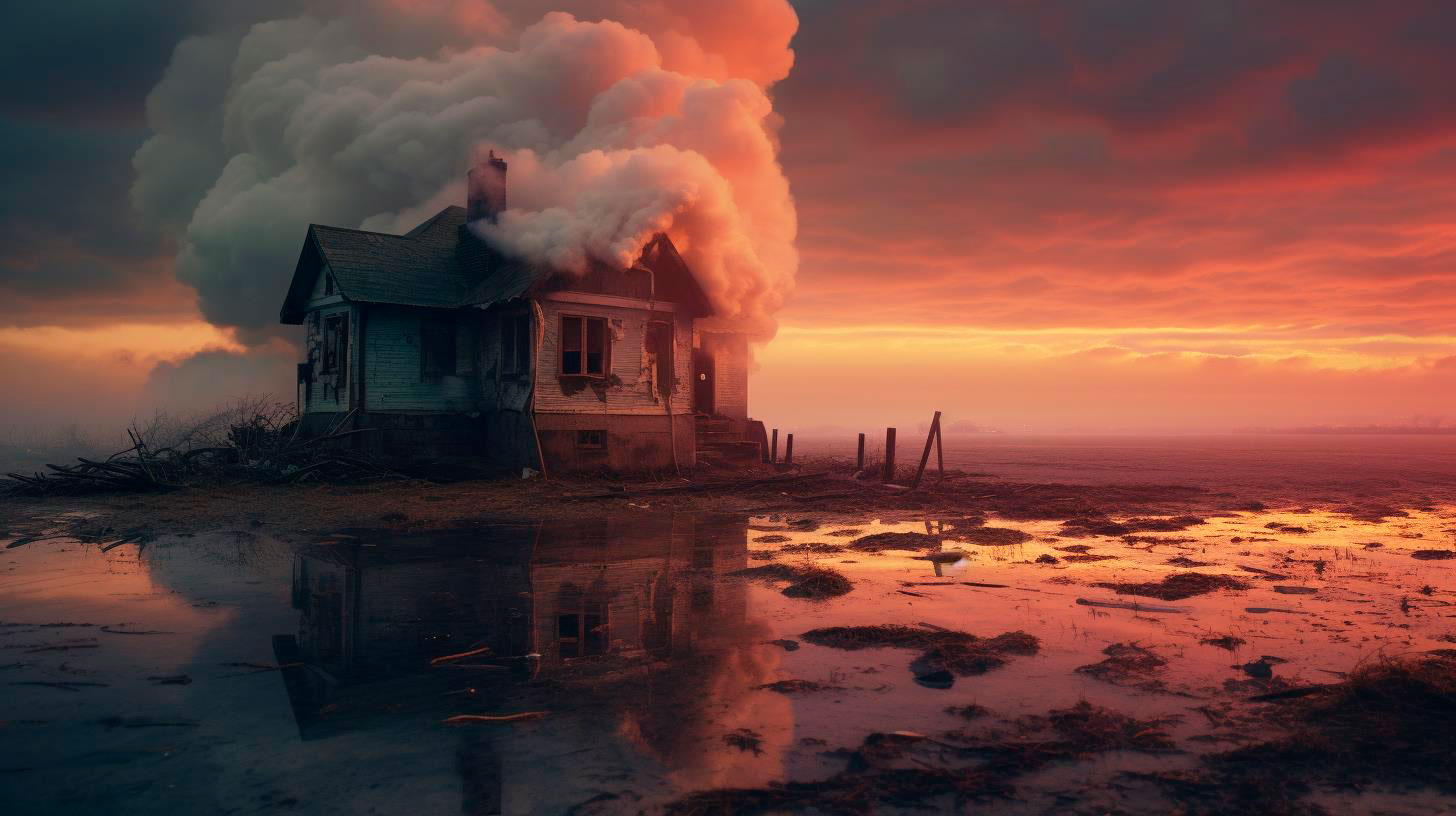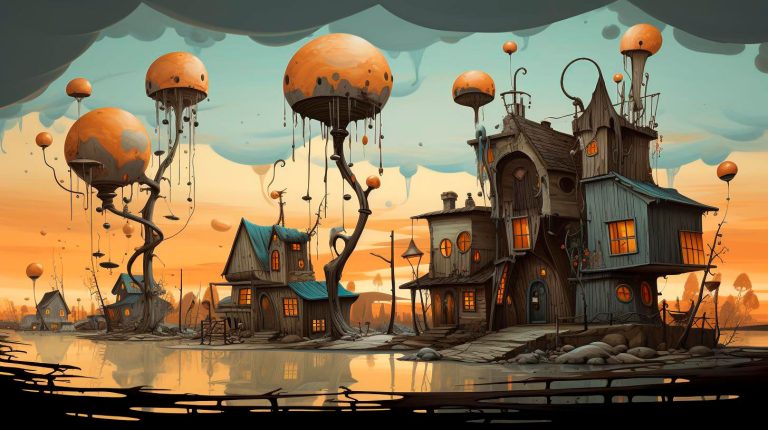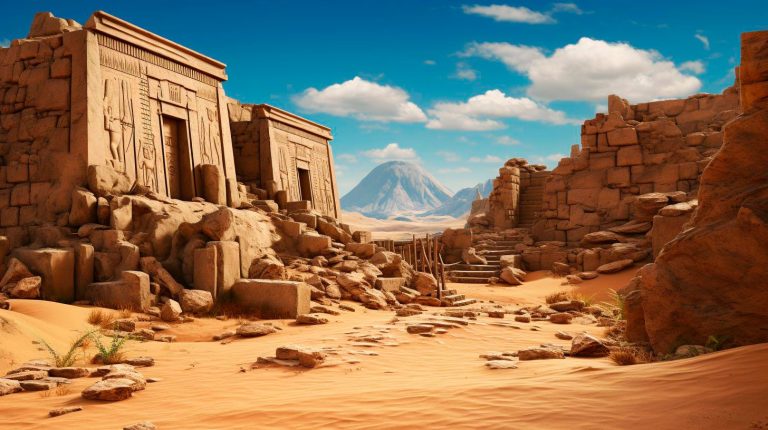In this article, we’ll explore the techniques and strategies behind blending in for remarkable wildlife photography on safari.
The Importance of Camouflage
Camouflage plays a vital role in wildlife photography as it allows photographers to become part of the environment, ensuring minimal disturbance to the animals being photographed. By disguising oneself, photographers can capture natural behaviors and interactions without interrupting the delicate balance of the ecosystem. There are several key advantages to mastering the art of camouflage:
- Minimize Disturbance: Wildlife can easily spot human presence, leading to changes in their behavior. By blending in effectively, photographers can minimize disturbance and capture authentic moments of animal behavior.
- Capture Natural Shots: Animals are more likely to exhibit their natural behaviors when they are not aware of human presence. Camouflage allows photographers to better observe and capture these moments.
- Safety: In certain situations, blending in can also ensure the safety of wildlife photographers by avoiding encounters with potentially dangerous animals.
The Camouflage Techniques
Mastering the art of camouflage requires a combination of clothing, gear, and behavior adjustments. Here are some essential techniques to consider:
- Select the Right Clothing: Wear clothing that matches the colors and patterns of the environment you will be photographing. Earthy tones and camouflage patterns are often effective choices.
- Use Natural Concealment: Utilize natural elements such as bushes, rocks, or trees to hide yourself and blend into the surroundings. Position yourself strategically to have a clear view of your subject.
- Minimize Noise: Movement and noise can easily startle animals. Walk slowly and quietly to avoid drawing attention to yourself. Consider using noise-cancelling technology for camera equipment.
- Observe Animal Behavior: Understanding the behavior and habits of the animals you wish to photograph can help you anticipate their movements and position yourself accordingly.
- Patience is Key: Wildlife photography requires patience. Spend time observing and waiting for the perfect shot while remaining still and hidden.
Key Takeaways
Mastering the art of camouflage is essential for wildlife photographers seeking to capture remarkable shots on safari. Here are the key takeaways:
- Camouflage allows photographers to minimize disturbance and capture authentic moments of animal behavior.
- Matching clothing to the environment and utilizing natural concealment are vital techniques for blending in.
- Understanding animal behavior and practicing patience are key to successful wildlife photography.
By blending in and becoming one with the environment, wildlife photographers can capture remarkable shots that showcase the beauty and essence of the animal kingdom. The art of camouflage allows for breathtaking wildlife photography while respecting and safeguarding the natural world.
In Conclusion
The ability to blend in for remarkable wildlife photography on safari is a skill that requires practice and dedication. By using effective camouflage techniques, photographers can capture stunning and authentic shots without disturbing the animals. Remember, patience, observation, and understanding animal behavior are the pillars of successful wildlife photography. So, gear up, blend in, and embark on an unforgettable safari adventure with your camera!















+ There are no comments
Add yours